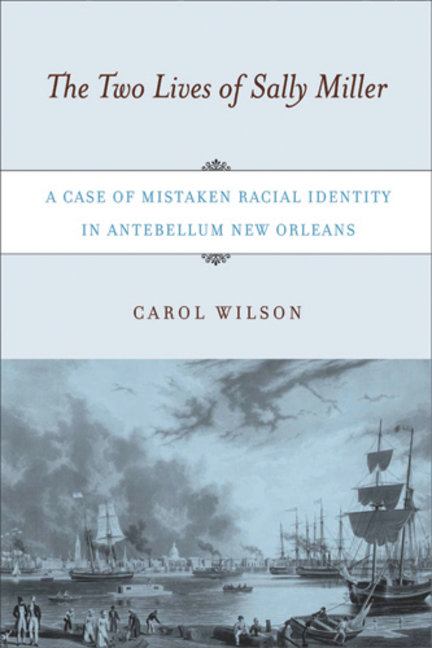Segregation of the Free People of Color and the Construction of Race in Antebellum New OrleansPosted in Articles, Census/Demographics, History, Louisiana, Media Archive, Slavery, United States on 2010-07-26 22:30Z by Steven |
Segregation of the Free People of Color and the Construction of Race in Antebellum New Orleans
Southeastern Geographer
Volume 48, Number 1, May 2008
pages 19-37
E-ISSN: 1549-6929
Print ISSN: 0038-366X
DOI: 10.1353/sgo.0.0010
Amy R. Sumpter, Instructor of Geography
Georgia College and State University
Louisiana and the city of New Orleans have a complicated colonial and racial history. A large free population of color living amidst enslaved people of color attests to fluidity in racial constructions present in the colonial period in Louisiana. Throughout the French (1682–1763) and Spanish (1763–1803) colonial periods and the first five decades of U.S. statehood (1803–1850), racial constructions changed remarkably. Cultural conflict, an increasing number of American whites, and fear of insurrection contributed to growing hostility toward the free people of color and remaining colonial racial practices. Historical evidence, state and municipal legislation, and 1850 U.S. Census data show that free people of color tended to reside in specific “Creole” areas within the city, demonstrating that free people in the city were segregated by race.
Read or purchase the article here.


